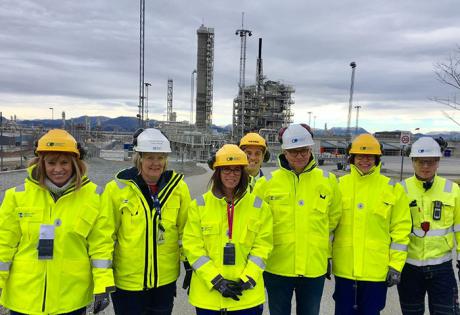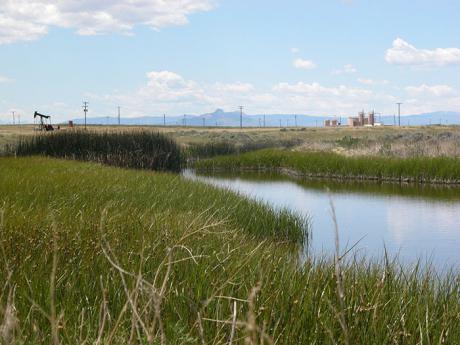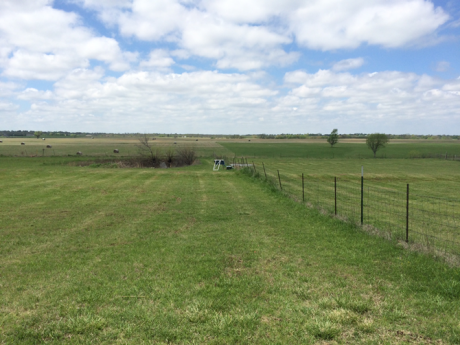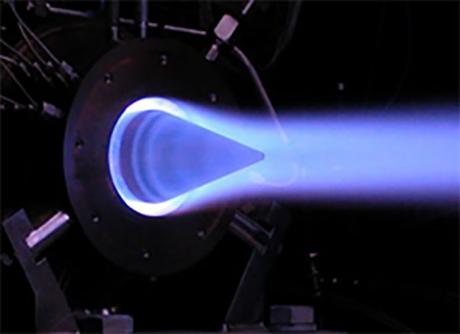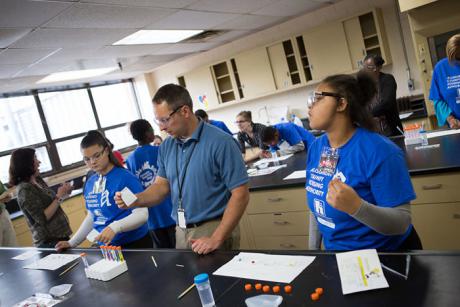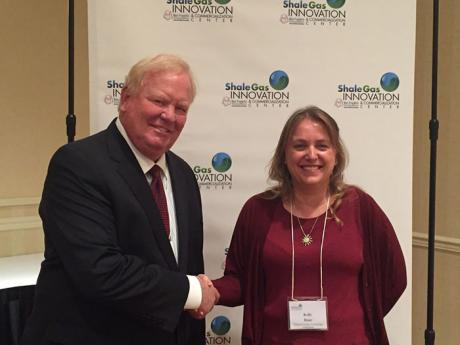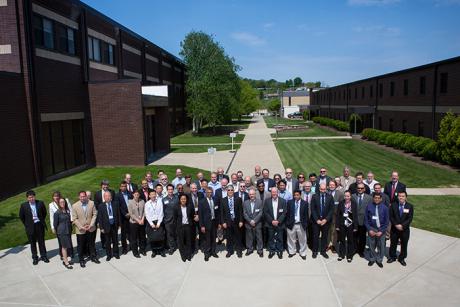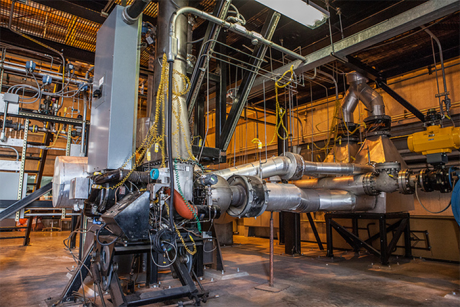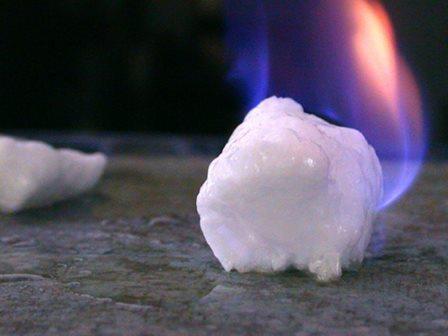A project conducted by ION Engineering, and supported by the U.S. Department of Energy’s (DOE’s) National Energy Technology Laboratory (NETL), has successfully concluded a 6‑month testing campaign at the Technology Centre Mongstad (TCM) in western Norway, the world’s largest facility for testing and improving carbon dioxide (CO2) capture. The testing of ION’s novel carbon-capture system successfully achieved all research objectives and represents significant progress toward its commercialization.
With project-management support from the National Energy Technology Laboratory (NETL), the Colorado School of Mines and New Mexico State University have completed a project culminating in a new online water-management tool called the Decision Support Tool (DST), which can suggest treatment options for produced water and fracturing flowback—water that has been injected into shale formations as part of hydraulic fracturing operations that later emerges with minerals, organic matter, salts, a
The Office of Fossil Energy’s (FE) National Energy Technology Laboratory (NETL), the University of Oklahoma, and the Oklahoma Geological Survey (OGS) have concluded a highly innovative and integrated study to determine what properties lead to induced seismicity.
The U.S. Department of Energy’s (DOE) Advanced Turbine Program has helped create next-generation turbine technologies to ensure that the nation’s growing demand for energy will always be met by producing reliable, affordable, diverse, and environmentally friendly energy supplies through a multifaceted approach. Now, researchers are eyeing additional advances by innovating technologies that are based on different forms of combustion.
The National Energy Technology Laboratory (NETL) in collaboration with Allegheny County’s Executive Office and the Allegheny County Housing Authority, hosted a Remake Learning Lab Day on May 24, 2017, at NETL’s South Park, Pa., site outside of Pittsburgh.
Remake Learning Days offer innovative learning experiences for children. NETL’s program seeks to pique student interest in science, technology, engineering, and mathematics (STEM). This year’s Lab Day featured laboratory tours, presentations, and hands-on science activities led by a diverse group of laboratory professionals.
A technology developed by the National Energy Technology Laboratory (NETL) providing a cost-effective early warning of oil or gas well destabilization that could result in blowout gusher has been recognized as an “Innovative R&D” winner at the Sixth Annual Shale Gas Innovation Contest.
With research laboratories located in the heart of regions rich in fossil energy resources, NETL is on a mission to discover, integrate, and mature technology solutions to enhance the nation’s energy foundation and protect the environment for future generations. The Lab is leading efforts to resolve the environmental, supply, and reliability constraints of using America’s abundant fossil fuel resources—coal, natural gas, and oil.
Experts from 16 of the nation’s top energy research universities convened at the National Energy Research Laboratory (NETL) May 16–17, 2017, as part of NETL’s University Coalition for Energy Research (UCFER). Workshop participants shared information about ongoing energy research projects, toured NETL laboratory facilities, learned about current NETL research projects, and discussed opportunities for research collaboration.
Increasing demands for power coupled with environmental concerns are driving the development of more efficient energy conversion technologies that can produce more energy from cheap and abundant fossil fuels while reducing carbon dioxide (CO2) emissions. Building upon a history of success and a tradition of innovation, NETL’s energy conversion engineering research has produced several transformational technologies that can burn fossil fuels at very high efficiencies to generate electricity, and capture CO2 emissions.
Everyone hears about the vastness of our more traditional fossil fuel resources. But one potential source of fossil energy could exceed the energy content of all other known fossil fuels combined—and that’s natural gas hydrate.
Natural gas hydrates – natural gas trapped in ice-like cages of water molecules – can be found trapped under arctic permafrost, as well as beneath the ocean floor. They can also form during drilling and production operations. When gas hydrate is warmed or depressurized, it reverts back to natural gas and water.





